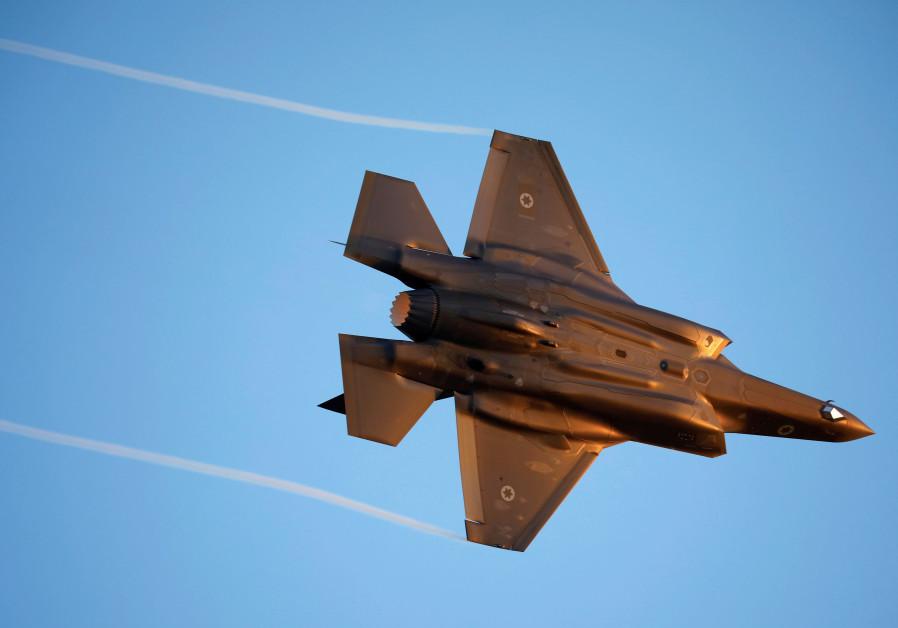Drones, Shiite militias at heart of Iranian threat to Israel

Israeli Air Force F-35 flies during an aerial demonstration at an air force graduation ceremony. (photo credit: AMIR COHEN/REUTERS)
On Saturday evening, Israel targeted an area southeast of Damascus in a strike that targeted Iranian Quds Force operatives, Sh’ite militias and drones. These three components are key to Iran’s strategy in the region and its threat against Israel as well as other US allies. Iranian drone technology has been used by Houthi rebels in Yemen against Saudi Arabia, for instance, and Shi’ite militias have been accused of harassing US forces in Iraq.
`; document.getElementById(“linkPremium”).innerHTML = cont; (function (v, i){ });





Comments are closed.